The Russians may be preparing to test the nuclear-powered SSC-X9 Skyfall intercontinental cruise missile - it has never travelled more than 35km and the previous 13 tests have failed and resulted in 7 deaths
About three weeks ago, we wrote about possible preparations by the Russians to launch the Burevestnik intercontinental cruise missile (SSC-X9 Skyfall according to NATO classification). The information is confirmed by the New York Times.
Here's What We Know
Satellite images confirm the assumption that Russia may be preparing another test of a nuclear-powered missile. At the same time, it is not excluded that the tests have already been carried out.
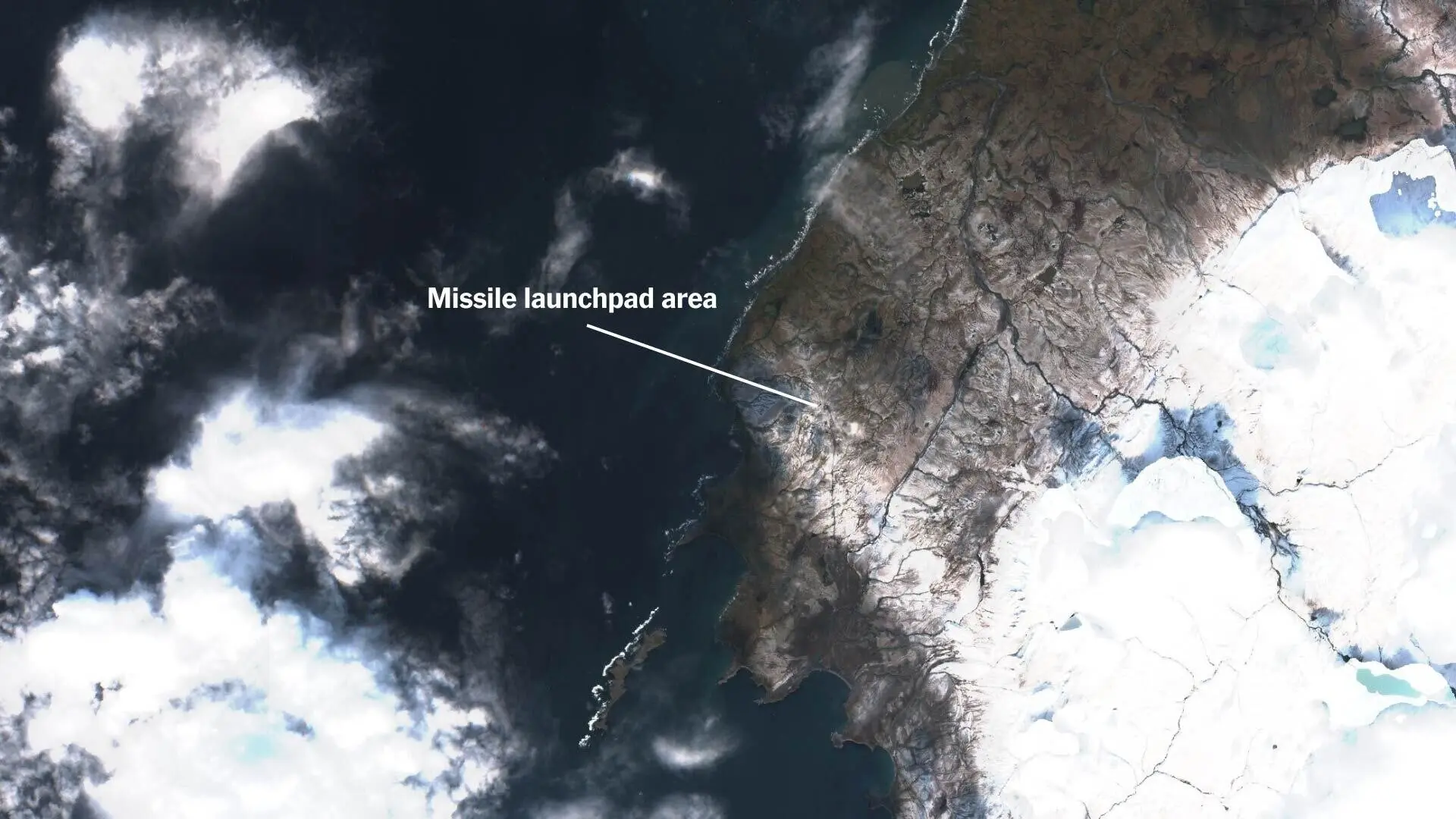
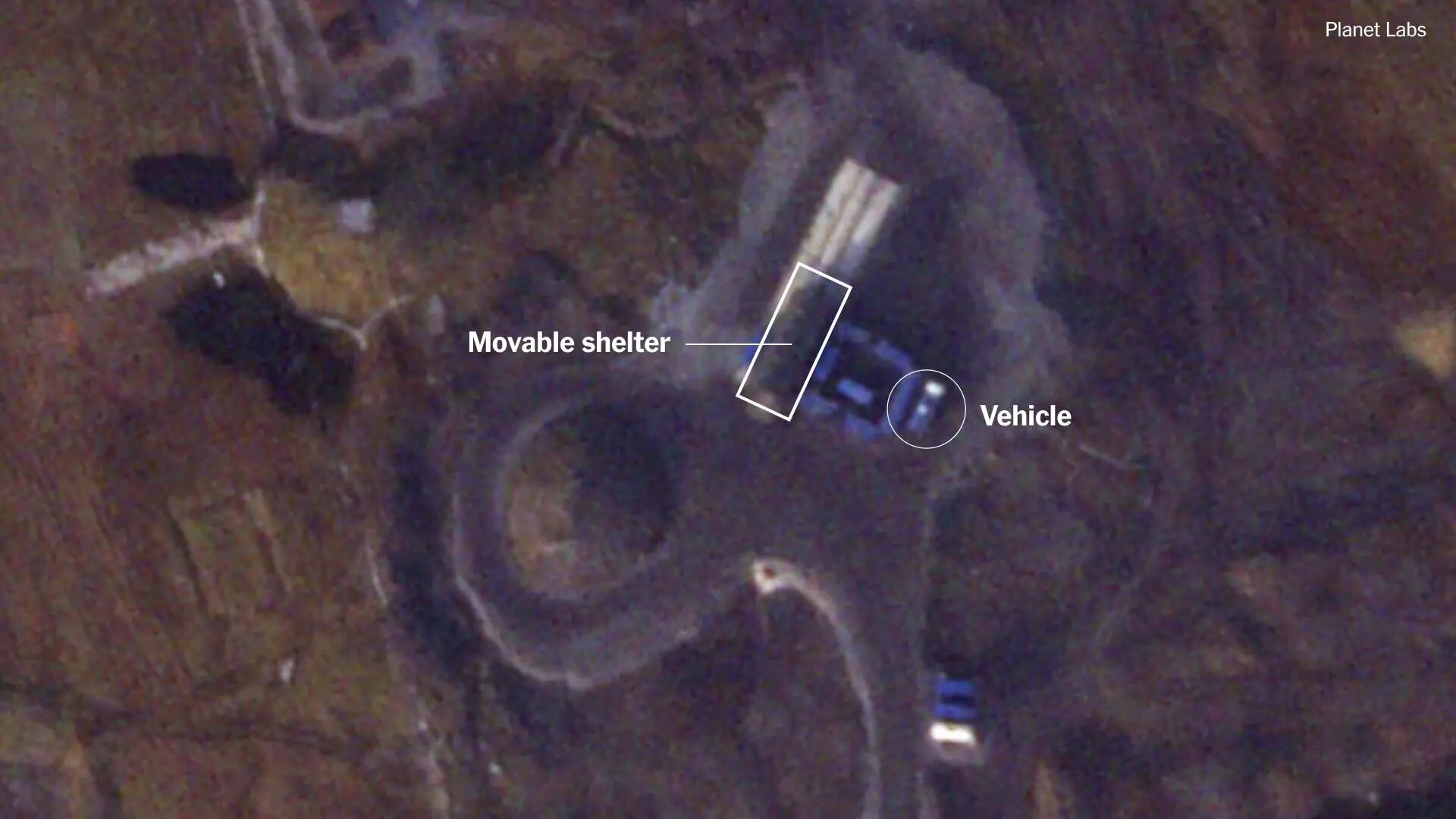
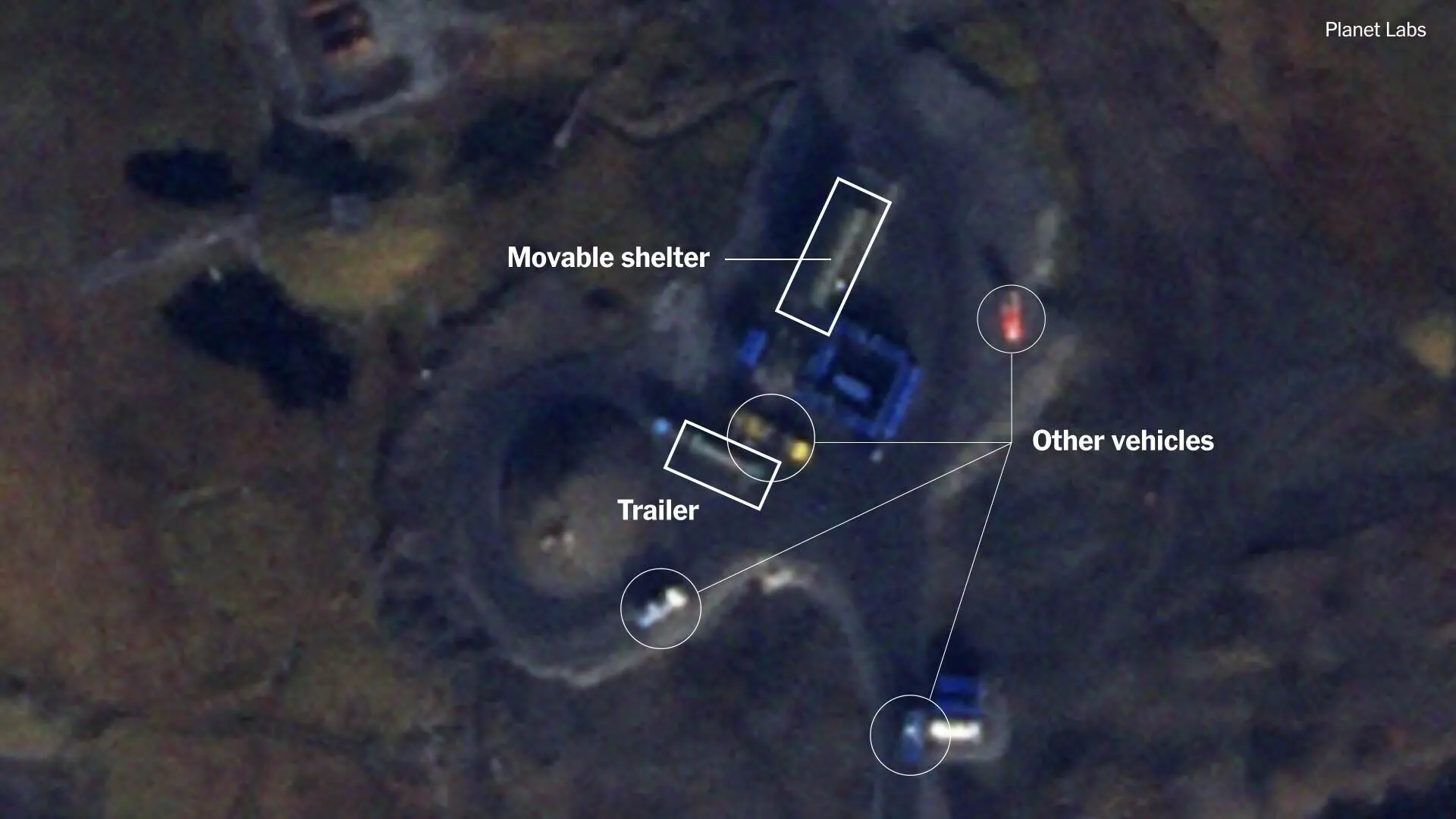


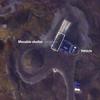
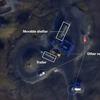

The movement of aircraft and equipment at a Russian base in the Arctic coincides with actions Russia took during preparations for tests in 2017 and 2018. A U.S. RC-135W Rivet Joint reconnaissance aircraft has also been spotted in the region.
The SSC-X9 Skyfall intercontinental cruise missile is dangerous both during development and testing. It is equipped with a nuclear engine, and a number of experts fear radiation leaks during flight.
The previous 13 tests of the SSC-X9 Skyfall, which were conducted from 2017 to 2019, ended in failure. U.S. officials say the cruise missile exploded in 2019, resulting in the deaths of seven people.
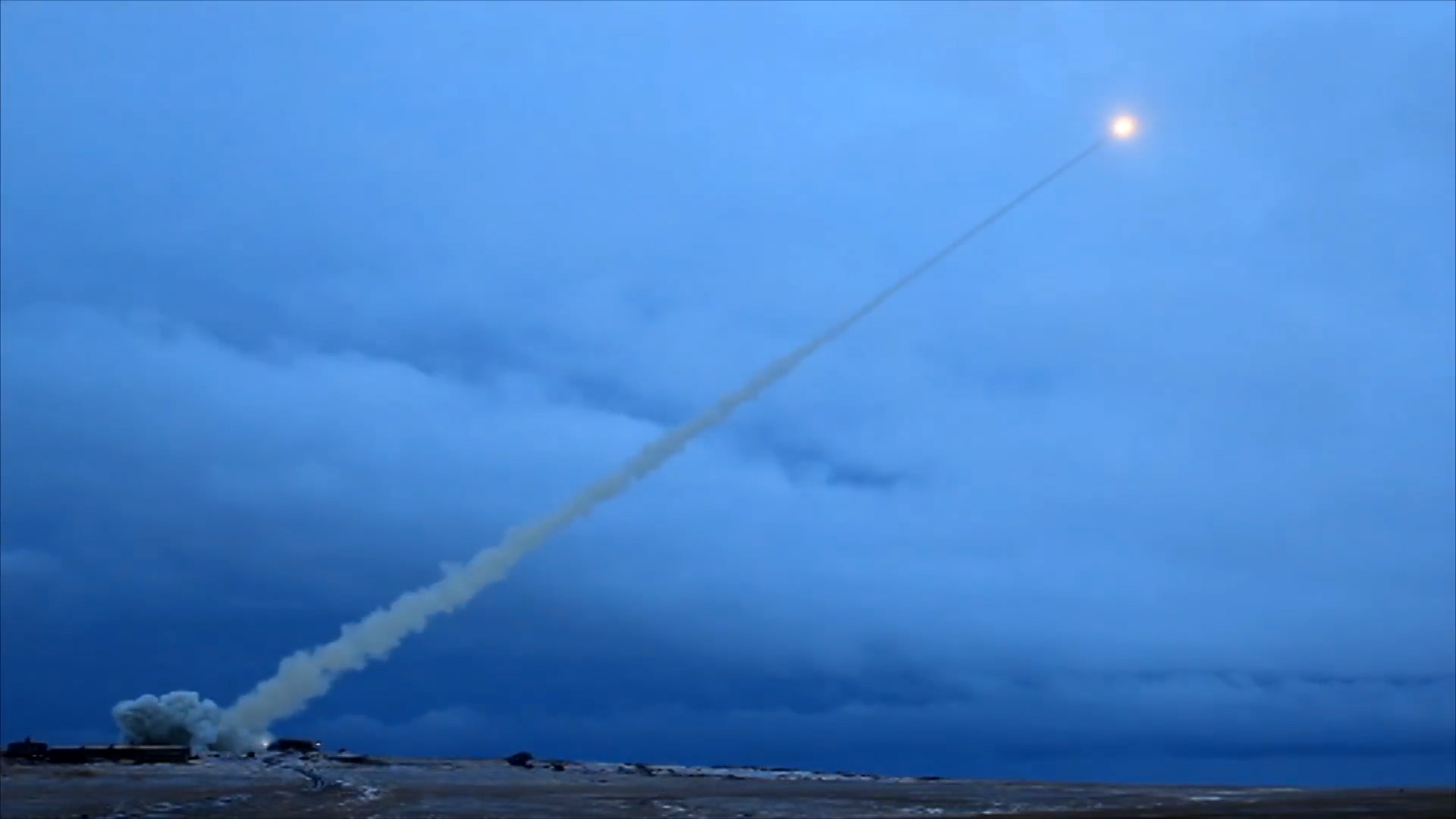
US officials estimate that the SSC-X9 Skyfall was able to fly no more than 35 kilometres during the most successful test. Meanwhile, the claimed launch range of the intercontinental cruise missile exceeds 20,000 kilometres. In one of the tests, the SSC-X9 Skyfall fell several kilometres from the launch pad because the nuclear engine failed to start.
Four years ago, a liquid-propellant jet engine with a radioisotope power source exploded during routine operations in the Arkhangelsk region. Within 30 kilometres of the emergency site, the radiation background rose about 20 times.
Source: NYT